Wave Models of Cortical Propagation
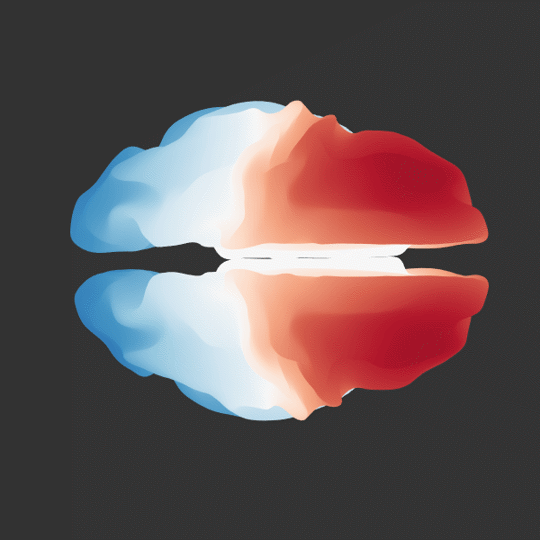
Using Neural Field Theory models to explain the cortical response to brain stimulation (Transcranial Magnetic Stimulation).

Using Neural Field Theory models to explain the cortical response to brain stimulation (Transcranial Magnetic Stimulation).
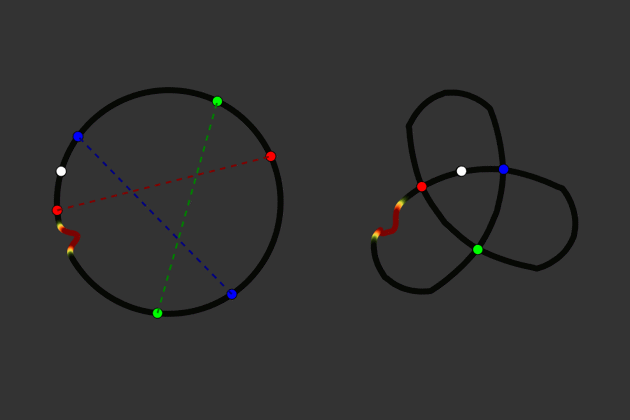
Developed mathematical models for long-range connections in systems with wave dynamics.
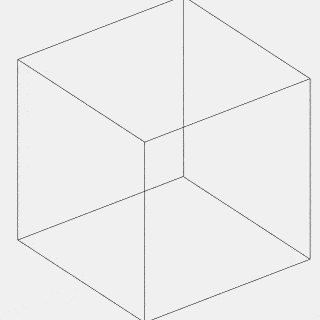
Developed numerical simulations of ideal models of criticality with the random field Ising model, and compared the observed dynamics to single-cell resolution calcium imaging data of the zebrafish brain. We investigated how sub-sampling and finite sized systems change self-organized criticality metrics such as power laws and universal scale.

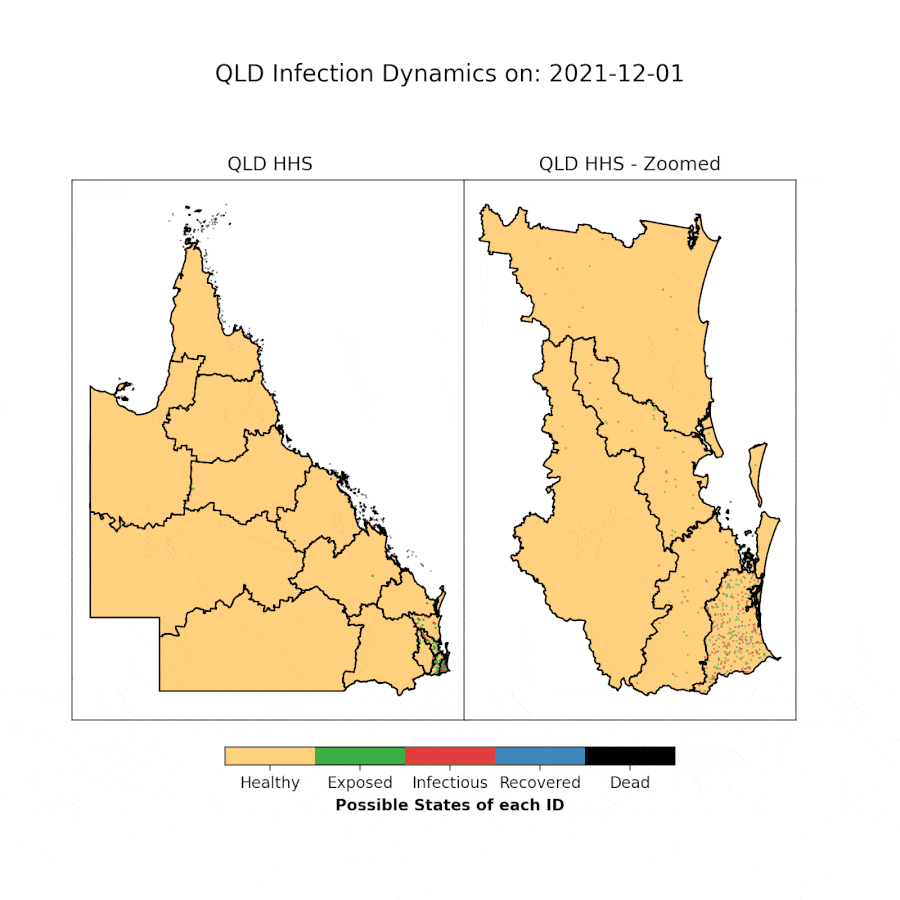
COVID modelling research predicting the health outcomes of the Queensland population with the introduction of covid variants and medical interventions. Influenced Queensland government policy on re-opening the border, had work featured on ABC/7/9 News, ABC Radio and 4BC Radio.
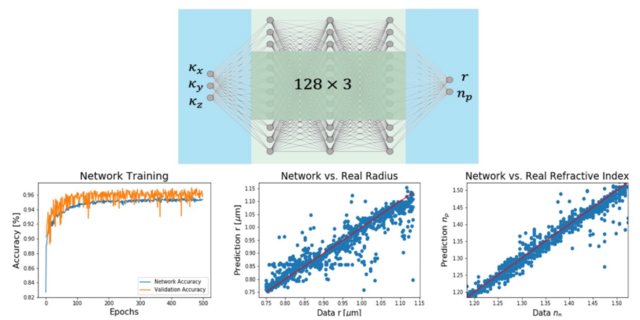
Developed 3 artificial neural networks, designed to predict the radius and refractive index of particles in an optical trap and trained on simulated data. Results were presented at the SPIE conference, and published in the proceedings.
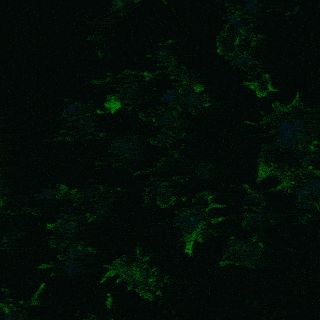
Explored the possibility for rotational optical traps to make measurements inside of macrophages. We used a novel rotational optical trap, fluorescent microscopy and electron microscopy to determine the viability of rotational probes in a biological specimen.
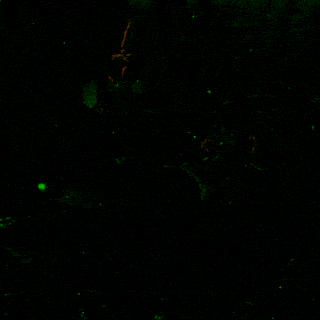
Used signal processing methods to automatically extract the voltage changes from spontaneous and evoked activity in the neuromuscular junction of cane toads. The co-localization of neuron vesicles and muscular active zones was then analyzed with image processing techniques.